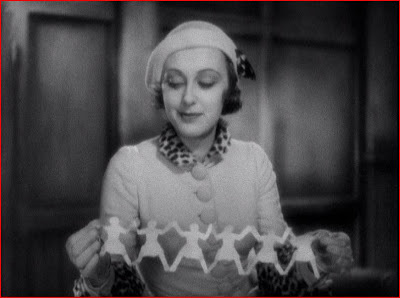
Don't Get High on Your Own Supply
March 2015
Frank Lopez: “Lesson number one: Don't underestimate the other guy's greed!”
Elvira Hancock: “Lesson number two: Don't get high on your own supply.”
The title for the exhibition comes from an exchange in the movie "SCARFACE":
Each of the artists in the show will present a pitch moment in the ups and downs of the American Dream. "Don't get high on your own supply" is a group show that presents work that reflects the implicit transaction between the audience, the culture, and the media. Yet while they are all inspired by current affairs, gallery shows, and auction records, their artwork is not a reflection of what the market is doing. The Michael St. John painting of the Whole Earth Catalog (WEC) acts as the centerpiece for the exhibition - a talisman of the 70’s counterculture wrapped in consumer culture. You have the whole earth catalogues which had been hand wrapped and delivered to communities which attempted to be self-sustaining. WEC did not sell products, it gave product and vendor information shopping …the whole earth catalog was one thing and what the real earth has really become with the internet and the various art site is a different shopping mecca..
Drew Dominick’s vitrines and shelves makes art out of hunting paraphernalia. Drew looks like a wundercabinet narrative of
hunting magazines and makes sculptures from the photos in those magazines reflecting on the vanity in the culture of
hunting . Dominick's collapsed rubber Remington is like scatter art feeling the first tremors of “the worst is yet to come” Dominick llterally deflates the gold rush of the American West in his sculpture.
Pietro Costa's bloodwork (1989-2001) (pictured above) explores the possibilities of using his own blood to make work - "drawing blood, drawing an image, making a drawing". He is currently working on The Donor Project, continuing his exploration with the blood of donors.
Jon Boles strong, wide-eyed portraits of young girls and boys have much in common with the paintings of Margaret Kean. They are airbrushed and elicit a sympathetic gaze back at the viewer.
Howard Halle’s computer generated self-portraits are a reflection of what the applications of technology have on the image of oneself. Fear and dread mark the first portrait of the artist searching for a reflection of himself. The double self -portrait takes a leap between the computer the artist and his doppelgänger.
Dennis Dawson shows us the circles of hell(excuse the spatial pun) in the “Third Ring”. In Dawson's other painting the image of a snake handler takes on another visual pun with the wrapping of the canvas that has been ripped from it's support stretchers.
With Max Snow's we are suddenly on the Warhol ad edge going down the roller coaster ride of the American dream. Max Snow’s Untitled (Woman on a horse) jolts down and like the film companies that advertise their films Snow’s screen gem Woman with Torch acknowledges the commercial nature of society.
Thom McDonell emphasizes the iconic nature of the film studio Warner Brothers treating the Warner Brothers logo as a Louis Vuitton case (painting and crate become trunk).
Deborah Kass’s “Enough Already” print is inspired by her 2010 painting from the “feel good paintings for feel bad times" give us the much needed optimism and the means to wonder…what next?